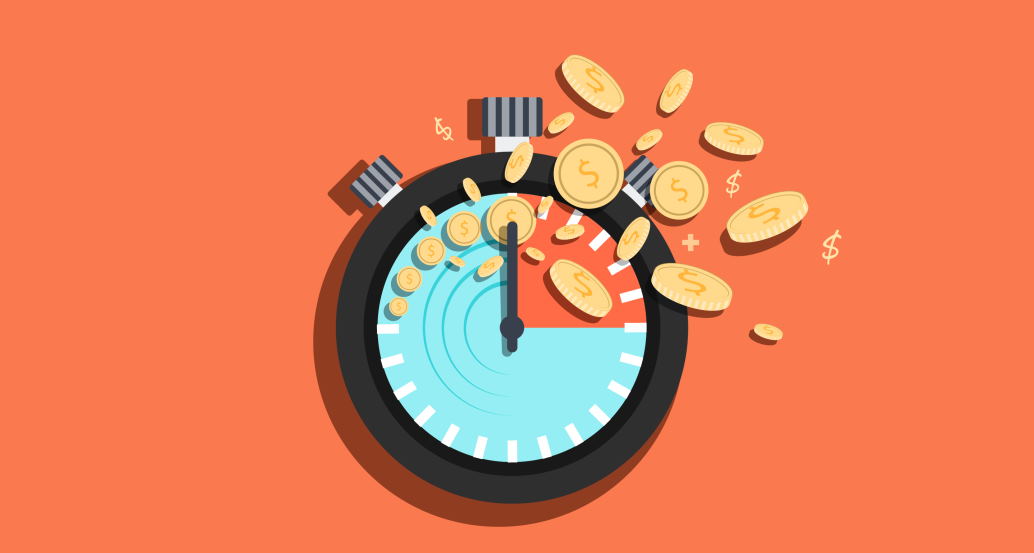As a freelance designer, collecting payments for your services can be one of your business’s most difficult yet important aspects. After all, if clients don’t pay their invoices, that affects your cash flow and revenue. To make sure you get paid on time (and in full!), it’s essential to have an effective system for accepting payments from clients. In this blog post, we’ll explore some of the best ways to collect payments as a freelance designer so that you can rest assured knowing that you and your customer will be satisfied with every transaction.
How to accept payments as a freelancer
Collecting payments as a freelance designer can be tricky, but there are several methods you can use to ensure you get paid for your work. Here are the best ways to collect payments as a freelance designer:
- Use Online Payment Platforms – An online payment platform such as PayPal, Venmo, or Square is a convenient way to accept payments from clients without worrying about processing fees. You can also easily transfer money between accounts and keep track of all incoming and outgoing payments.
- Set Up Automatic Billing – Setting up automatic billing with your clients allows them to pay their invoices on time without having to worry about manually entering payment information each month. This ensures you will always get paid on time and eliminates the risk of delayed payments.

- Accept Credit Cards – Accepting credit cards is a great way to make sure you get paid quickly and securely. However, a fee is typically associated with processing credit card payments, so it’s important to factor this into your pricing structure.
- Offer Payment Plans – Offering payment plans effectively ensures that clients pay on time if they can’t pay upfront for their project. Setting up an installment plan allows clients to break up the total cost of a project into smaller, more manageable payments over time, making it easier for them to stay on track with their invoices.
These are just some of the best ways to collect payments as a freelance designer. Implementing the right strategy for your business ensures you get paid on time and without hassle.
Payment methods for freelancers
As a freelancer, you have a lot of choices when it comes to how you get paid for your work.
When selecting a payment method for freelancing, several factors must be considered. For example:
- Do you want the ability to invoice clients?
- Do you need access to funds quickly?
- Are converted payments an issue (for example, if you’re working with international clients)?
- What fees or charges may be associated with each payment method?

Knowing which payment option is right for your business can save you time and money. Let’s take a look at the most popular payment methods for freelancers.
- Check: Checks have long been a popular payment method for freelance work, particularly if you are dealing with clients who want to use something other than online banking or other electronic options. The main drawback of check payments is that they can take up to two weeks to clear and be available in your account.
- PayPal is one of the most widely used payment methods for freelance work and is good for both domestic and international payments due to its low fees and wide acceptance among merchants and customers alike. However, one downside of using PayPal is that you will need to pay transaction fees on each invoice, which could reduce your profits over time.
- Venmo: Venmo is a relatively new payment method that can be used to pay and receive payments. It’s especially popular with freelancers working in the U.S., as it allows for instant transfers of payments with no fees or commissions. The only downside is that you must have a valid bank account to link to your Venmo account to receive payments.
- Cryptocurrency: Cryptocurrencies, such as Bitcoin, Ethereum, and Litecoin, have become an increasingly popular payment method for freelance work due to its low fees and secure nature. However, it can be difficult to set up and may require some research on the part of the freelancer before getting started.
Ultimately, the best payment method for freelancing will depend on your individual needs and preferences. Therefore, consider your options carefully before selecting a payment method and research any associated fees or charges before using it. This way, you can ensure you get the most out of each payment transaction.
